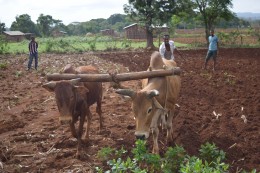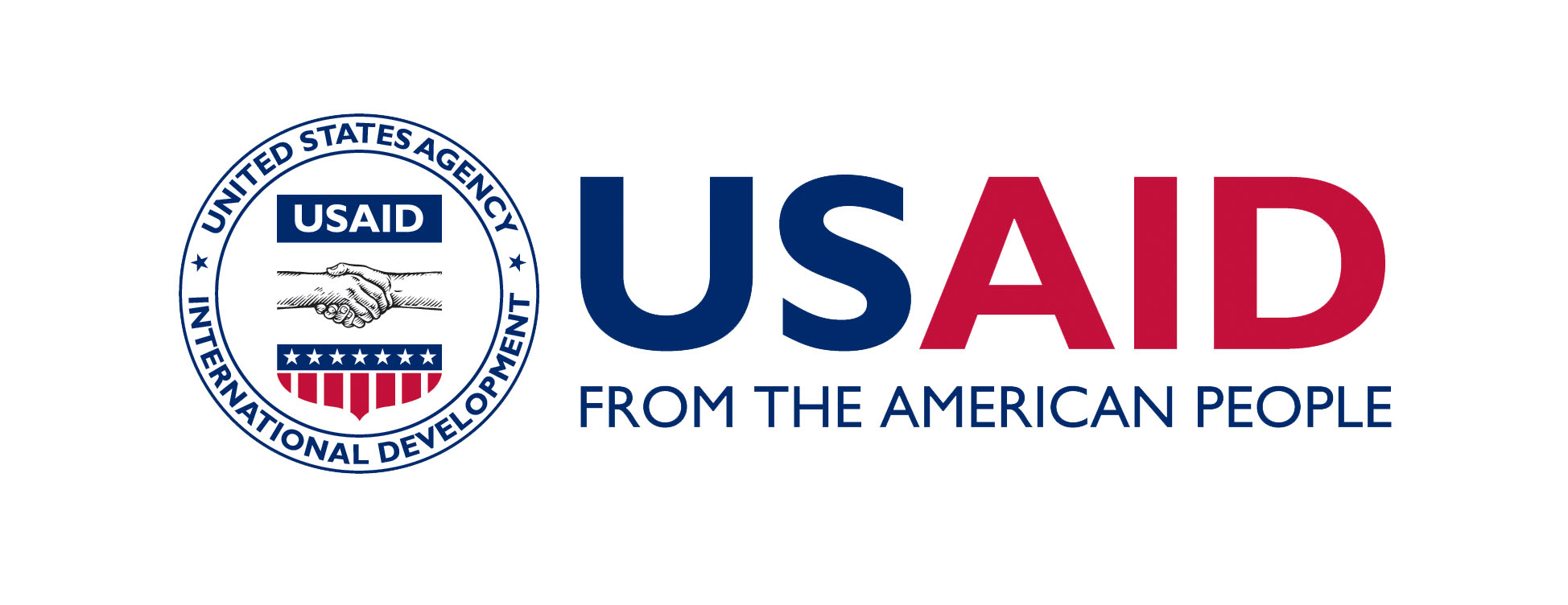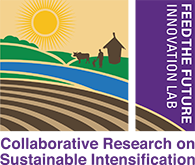 How many simple technologies have been introduced to rural farming communities, only to fail miserably shortly after the nongovernmental organization (NGO) closes the project? Too many. The technologies were too complicated. Nobody was trained to use them. Materials could not be sourced locally and importation was prohibitively expensive. The list is long.
How many simple technologies have been introduced to rural farming communities, only to fail miserably shortly after the nongovernmental organization (NGO) closes the project? Too many. The technologies were too complicated. Nobody was trained to use them. Materials could not be sourced locally and importation was prohibitively expensive. The list is long.
Speaking to Robert Burdick of Tillers International on the edge of a two-day workshop organized by the Appropriate Scale Mechanization Consortium at Bahir Dar University in Ethiopia on June 8-9, 2016, he outlined some of the factors which contribute to the success of mechanization interventions and why he is confident of the consortium’s success in the northwestern Amhara region. Burdick points out how past Tiller interventions have succeeded in reducing drudgery, increasing the incomes of small farmers and helping establish local service providers.
The consortium, a $4.7 million four-year project, is part of the Sustainable Intensification Innovation Lab (SIIL), an initiative of the Feed the Future initiative led by the United States Agency for International Development. The consortium component of SIIL, which began in September 2015, seeks to leverage the use of mechanization in improving farm productivity, income and nutrition of smallholder farmers, particularly women, in Bangladesh, Burkina Faso, Cambodia and Ethiopia. Tillers’ role is to conduct field-based hands-on training and consultation in the four countries, and to provide long-term support to farmers introducing mechanization into their practices.
Tillers International typically identifies projects with a large-traction component, where significant productivity gains can be made through the introduction of low-capital intensive technologies. They begin by working closely with local farmers to find out what is important to them. Key to the success of their interventions is ensuring that the new technologies can be built and repaired using local skills and materials. They then put together a small team of trainers. These are usually farmers and other individuals with some sort of artisan background. Tiller provides these trainers with two or three short training courses of one-two weeks long; after which, they should be able to produce and repair tools for farmers in the area.
“The newly trained team and Tillers usually start with the plough and work with farmers on what type of tools they want,” Burdick said. “We look at what is most practical and build on local skills. After about six months, we start scaling down. But we stay in touch providing support for up to five years.”
Over the years they have had a number of hugely successful interventions.
“When I think of successes, I think of Uganda,” Burdick said. “We were working with the Cooperative League of the USA. We trained the team and after we left they have continued adapting technologies for farmers pretty much without our support. Unfortunately, as a local outfit, they still face challenges in getting contracts directly from international donors-NGOs. The same in Mozambique, now we have nine teams of local trainers, doing the work long after international support was withdrawn.”
But Tillers have had their failures as well. In the past, they have stepped into some projects which had not been well developed. For instance, they took on a contract to develop capacity to work on conventional agriculture when there was no demand for such an approach. In other cases, they have been asked to help produce livestock technologies for nonlivestock farmers or the tools they produced have been too complex to use or fix the issue.
“We have learned from our past mistakes,” Burdick said. “We study the situation before taking on a project. We really work with the farmers to build on what they have and go at a reasonable pace, recognizing that they can’t just drop everything else.”
Though he feels really positive about this new project in Ethiopia, Burdick does wonder if there are any hidden obstacles.
“At a glance, it all appears straightforward,” Burdick said. “People are using pretty unproductive tools and it seems they could be simply upgraded and replicated locally at very little cost. But the risk is that there are deeper reasons why alternatives have never been successfully introduced. That is why we really need to learn from the past failures to upgrade these technologies. Not just by reading the reports, but also by engaging with everyone involved.”
During the ASMC launch activities in Ethiopia and Burkina Faso, team members met with farmers to learn their thoughts about how agricultural mechanization could help improve the sustainability their operations. The above video depicts some of the observed technologies from the field visits. Video Credit: Dr. Timothy M. Harrigan


